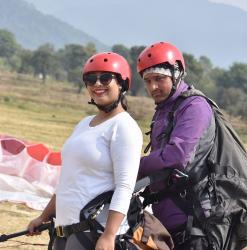Last Updated: August 28, 2019 Nidhi Singh
Reflecting at our glorious past, there are many caves in India that is worth exploring. Each state in the country has a certain number of caves that are specimen history, culture and spirituality; for instance, there are caves with many legends attached to them, on the other side one can also find oodles of caves that reflects the rich culture and tradition of India. Here are some of the best caves in India that any avid traveller would love to explore.
Elephanta Island Caves, Mumbai
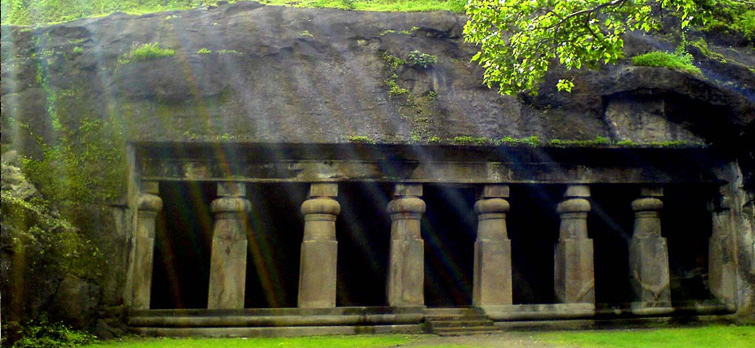
Gharapuri or the Elephanta Caves is an important tourist attraction in Mumbai. These ancient caves are amongst the most popular caves in India and are located about 7kms from the city of Mumbai and can only be reached by a ferry. There are about seven rock-cut caves that have been tastefully carved and dates back to the 6th and the 7th centuries A.D. Amongst all, Cave No.1 is of major interest to the visitors here as it has exquisite sculptures of Shiva in different forms. The main attraction in the cave is the Mahesh-murti which depicts Lord Shiva in three forms: the aghora, turbulent and fearsome; tatpurusha, benign and meditative; and vamadeva, mild pleasing and lovable. Andhakasuravada murti; cosmic dance of Nataraja; Kalyanasundara murti; Gangadhara murti; Ravana shaking Kailasa and Siva as Lakulisa, Saptamatrikas near the eastern opening are also worth noting here.
Badami Caves, Karnataka
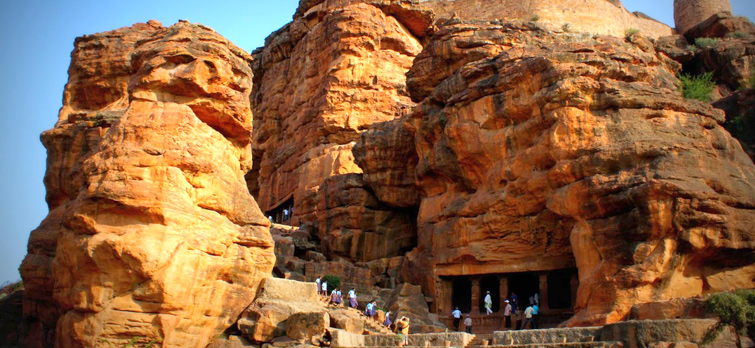
The Badami caves reflect Chalukayas immense love for architecture; these magnificent caves are also amongst the top tourist attractions in Karnataka. The caves dates back to the 6th and the 7th century AD and are situated at the mouth of a ravine. There are total four caves out of which three have Brahamanical temples and one has Jain temple. Each cave is carved tastefully and has images and sculptures of Hindu gods, Mahavira and other Jain Thirthankaras. Cave 1 is a Shaivite cave and is adorned with carvings of an 18-armed dancing Shiva, a two-handed Ganesha, Mahishasura Mardini, Ardha Nareeshwara & Shankarnarayana and the ceiling with serpent motif and other carved figures. Cave 2 is a Vaishnavite cave and has panels of Trivikrama & Bhuvaraha and ceilings with the carvings of Anantasayana, Brahma, Vishnu, Shiva and other Ashtadikpalas. Cave 3 has both Shaivite & Vaishnavite themes. The panels of Trivikrama, Narasimha, Shankaranarayana, Bhuvaraha, Anantasayana and Harihara are the major attractions here. Cave 4 on the other hand has images of Mahavira and of Padmavathi and other Thirthankaras on the walls.
Ajanta and Ellora Caves, Aurangabad
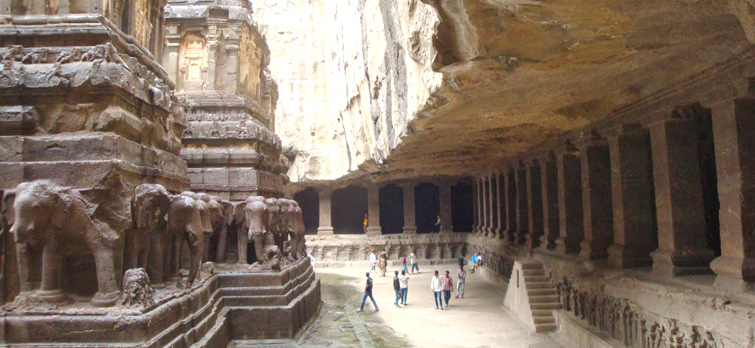
Ajanta and Ellora caves are truly the pride of the country and are amongst the most popular travel destinations in India. These rock-cut caves are nestled amidst the Sahyadri mountain range and once were the shelter for hermits of different religion. While Ajanta is a group of 29 caves dating back to the 2nd century BC and the 6th century AD these caves are also among the ancient caves in India. Ellora has 34 caves that date back to the 6th and the 11th centuries AD. The caves at Ajanta are all Buddhist, while the caves at Ellora are a mixture of Buddhist, Hindu and Jain. While the Ajanta caves are rich in paintings and sculptures, the Ellora caves are known for their exquisite architecture.
Dungeshwari Cave Temples, Bihar
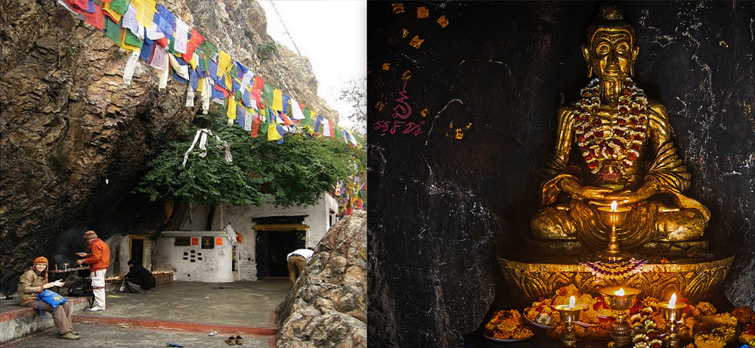
A popular temple in Bihar, Dungeshwari cave temple is situated about 12kms of Bodhgaya. There are three caves that have Buddhist shrines, where it is believed that Buddha had spent time meditating; these caves are indeed one of the best places to visit in Bihar. Legend has it that when Buddha was practicing his self-mortification, he became weak, feeble and started starving and while he was resting under a Banayan tree, poor village women named Sujata offered him food. After Buddha accepted the food offered to him he was presented with a divine truth that neither extreme self indulgence nor self-abasement is the right way to attain enlightenment. It is in fact the middle path that is required to attain nirvana. There are two small shrines that were built to commemorate this significant event. Also a golden statue of the emaciated form of the Buddha depicting the strict penance is enshrined in one of the cave temples and in the other temple is a large Buddha’s statue. A Hindu goddess deity Dungeshwari is also placed inside the cave.
Tabo, Himachal Pradesh
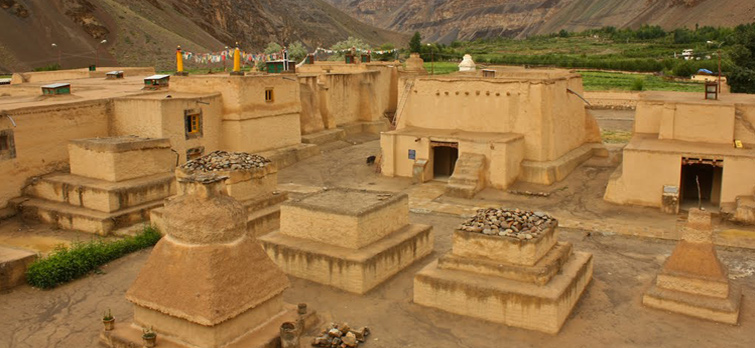
On NH-22, just opposite Tabo village there is a rising hill that contains a group of caves. These caves are carved out from the hills and are believed to have been used for the purpose of meditation by Buddhist monks. It is also believed that the Tabo caves were used by the monks during the winters. There are a couple of big caves that might have been utilized as assembly halls and a couple of smaller caves which must have been used for lodging and dwelling purpose. Many of these caves have colourful prayer flags that signify that monks are still using the caves for the purpose of meditation.
Khandagiri Caves, Odisha
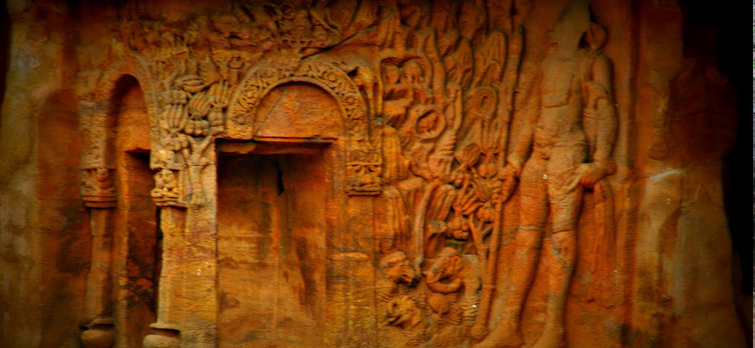
The Khandagiri caves are situated at a short distance from Bhubaneshwar and are the group of 15 caves. Khandagiri caves are believed to be earliest Jain rock-cut shelters and are historical caves in India that were used by the Jain monks during the reign of King Kharavela. The caves overlook the city of Bhubaneswar from its summit. The Ananta cave (cave 3) is amongst the most popular caves in Khandagiri and has the carved figures of women, elephants, athletes, and geese carrying flowers.
Pataleshwar Cave Temple, Maharashtra
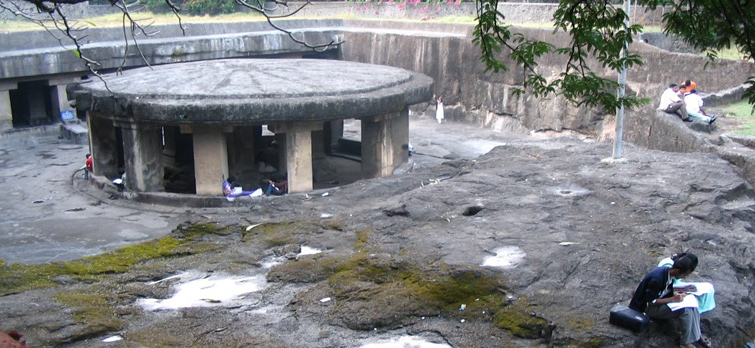
Resembling the rock-cut caves of Ellora, Pataleshwar Cave temple is amongst the most important attractions in Pune. The cave dates back to the 8th century AD and contains a shrine of Lord Shiva. The cave has been carved out of a single rock and often one come across a point where the architecture is simply perfect. There are sculptures of Sita, Ram and Laxman and several other Hindu Gods in the cave temple that catches the attention of the visitors here.
Karla Caves, Maharashtra
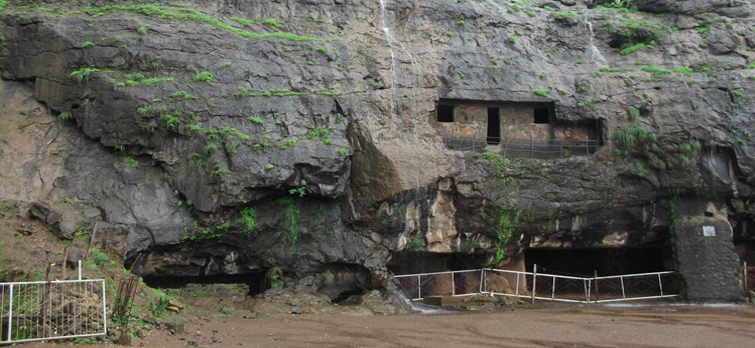
This complex of ancient caves is situated in Karli near the famous hill station of Maharashtra called Lonavala. These rock-cut caves are amongst the oldest examples of Early Buddhist temple art in India and dates back to 200 BC. The Karla Caves is in fact the largest Early Buddhist shrine in India, which is adorned in a fashion that its rock architecture resembles that of wooden architecture. The caves are believed to have been complete in 80 BC and include a statue of Buddha, a 37-pillared aisle with carved elephant heads, which once had real ivory tusks. A notable feature of the caves is the arched entrances and vaulted interiors, also there is an Ashokan Pillar at the front, with a closed stone facade and torana in between that catches the attention of the visitors here.
Undavalli Caves, Andhra Pradesh
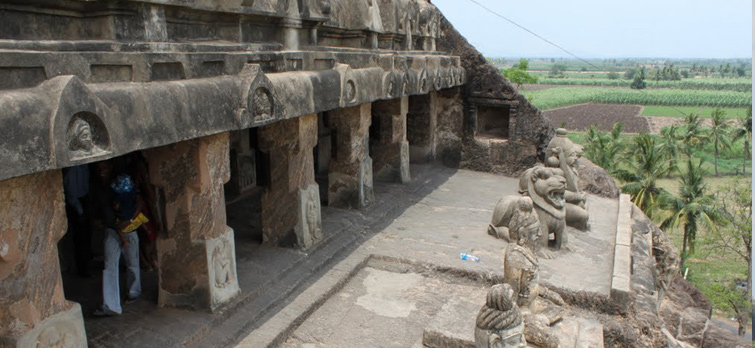
Situated on the bank of River Krishna and at a distance of about 8kms from the city of Vijayawada in Andhra Pradesh, Undavalli Caves is one of the finest examples of rock-cut architecture and heritage caves in India. These caves are said to be associated with the Vishnukundin Kings and dates back to the 7th century AD. It is believed that the caves are carved out of solid sandstone, andare dedicated to Anantapadmanabha Swamy and Narisimha Swamy. There are a number of caves found here and the best known one has four stories with a massive statue of Lord Vishnu in a reclining posture, which had been sculpted from a single block of granite. Other shrines in the cave are dedicated to Trimurti: to Brahma, Vishnu and Shiva. However, the first floor is dedicated to Lord Buddha and has many sculptures related to Buddhism. The walls of the caves display skilled craftsmanship and in particular grabs the interest of the visitors here.
Trichy Rock Fort Temple, Tamil Nadu
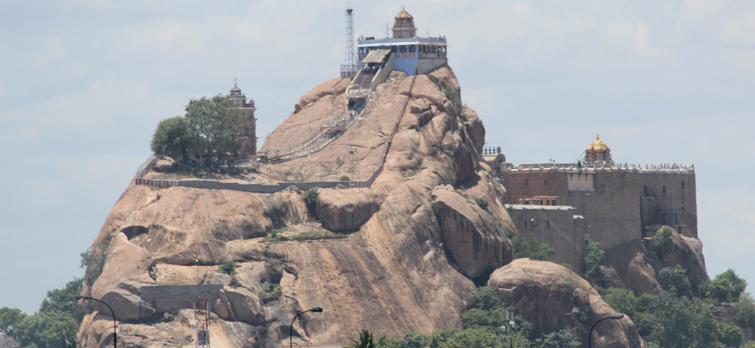
Placed inside the complex of Tiruchirapalli Rock Fort, the two cave temples namely the Lower Cave Temple and the Upper Cave Temple are amongst the most incredible cave temples in India. These caves are said to have been built during the Pallavas, however one cannot ignore the extensive contribution of the rulers of the Chola dynasty, Nayaks of Madurai and Vijaynagara. Resembling rock-cut temples such as the Pundarikakshan Perumal Temple at Thiruvellarai and Pechipalai cave temples, these unfinished cave shrines have a temple of Shiva in the east and Vishnu in the west. The Lower caves are marked with a unique form of pillars, which are otherwise not seen in other temples in Tamil Nadu.
Borra Caves, Andhra Pradesh
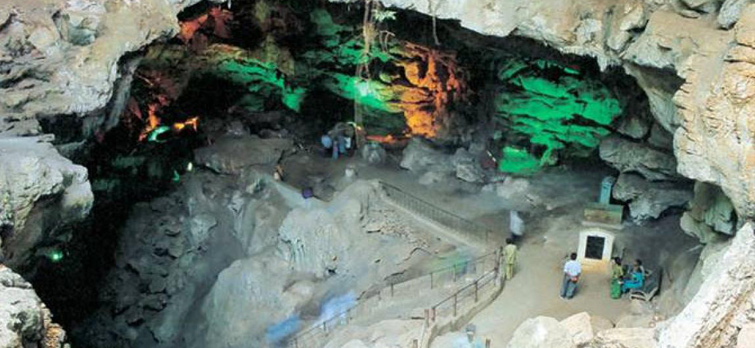
These are among the few popular natural caves in India and are believed to have been formed by accumulation of limestone. Borra Caves are situated about 90kms from Visakhapatnam in Andhra Pradesh and can be visited during a trip to Araku Valley. These caves are spread over a one square km area and are replete with stalagmite and stalactite formations, which have been given different names according to their shapes. So, one can find formations like Shiv Parvathi, Mother child, Human brain, crocodile and Rushis Beard. Among the formations found in the cave, famous ones include a ‘Shivalingam’ and the idol of the cow known as Kamadhenu.
Sithannavsal Cave Temple, Tamilnadu
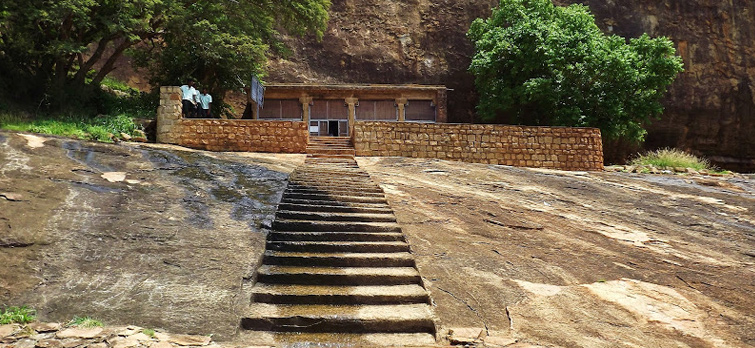
This is a 2nd century AD Jain temple complex and is situated in the Sittanavasal village in Pudukottai district of Tamil Nadu. Sithannavasal comes from the word Sit-tan-na-va-yil, which means ‘the abode of great saints’. The caves are also called Arivar Koli and contain notable frescoes from the 7th century, murals that have been painted with vegetable and mineral dyes. The paintings here are second in importance in India only to the paintings found in the Ajanta caves. Lotus pond with lotus flowers, people collecting lotuses from the pond, two dancing figures, lilies, fish, geese, buffaloes and elephants are some of the major attractions here.
Patal Bhubaneswar Cave, Uttarakhand
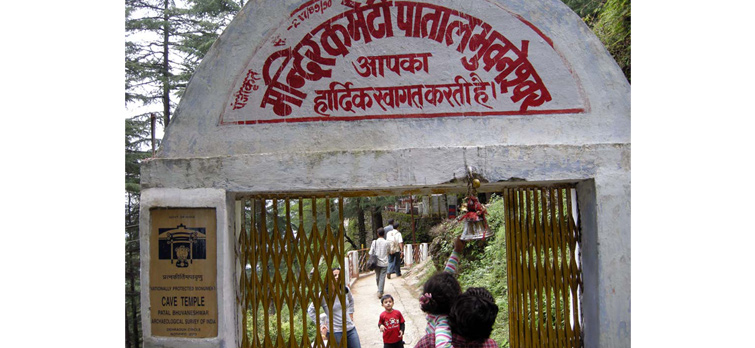
Amongst the most popular religious caves in India, Patal Bhubaneswar caves are situated in Bhubaneswar village near Gangolihat in Uttarakhand. The legend has it that these caves were found in the Treta Yug by King Rituparna of Suryavansha dynasty. It is also believed that there were four doors to enter the cave namely Randwar’ ‘Paapdwar’, ‘Dharamdwar’ and ‘Mokshadwar’. According to Hindu mythology, Paapdwar was closed shortly after the death of Ravana and the Randwar was shut down after the epic war of Mahabharata. Therefore there are only two entrances that remain open now. These caves are believed to be the home of all Hindu Gods and Goddesses. One can see various limestone rock formations here and amongst the most interesting ones are the figures that resembles the Sheshnag the tongue of Kali, Airavat of Indra, Ganesha, the hair of Lord Shiva and Kal Bhairav.
Bhimbetka Cave, Madhya Pradesh
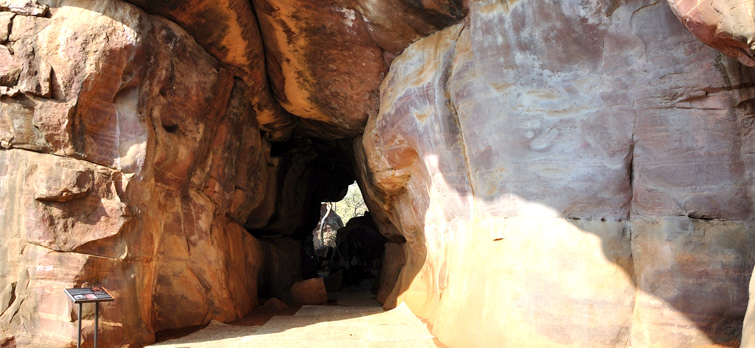
This cave marks the early traces of human existence in the Indian sub-continent. Situated inside Ratapani Wildlife Sanctuary in Raisena district in the state of Madhya Pradesh, Bhimbetka Caves are an enthralling place to visit. The painitings on the wall offer evidencesof existence of dance and celebrationsand have also been been recognized as the World Heritage Site. According to legends it is believed that it was used as a shelter by the Pandavas, who were serving exile and as is evident, the name Bhimbetka was given to the place as it refers to ‘the sitting place of Bhim’. The paintings in the cave have been divided into five periods viz Upper Paleolithic, Mesolithic, Chalcolithic, Early history and Medieval History. Bison, tiger, deer, figures of Yakshas, magical sky chariots and tree gods are some of the common painting found here.
Koteshwar Temple Cave, Uttarakhand
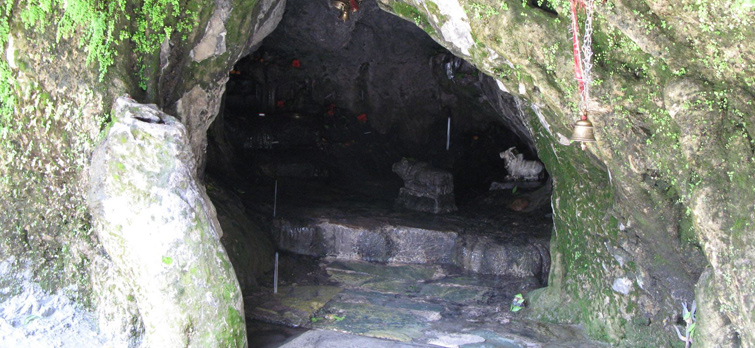
One of the most ancient caves in India, Koteshwar cave has religious significance and is believed to be the place where Lord Shiva meditated when Bhasmasur, the demon chased him to kill him. Koteshwar temple, as it is popularly known, is situated about 3kms from the town of Rudraprayag in Uttarakhand. This cave is a popular Hindu pilgrimage; each year in the month of August and September a large number of devotees visit this place.
Udaygiri Caves, Madhya Pradesh
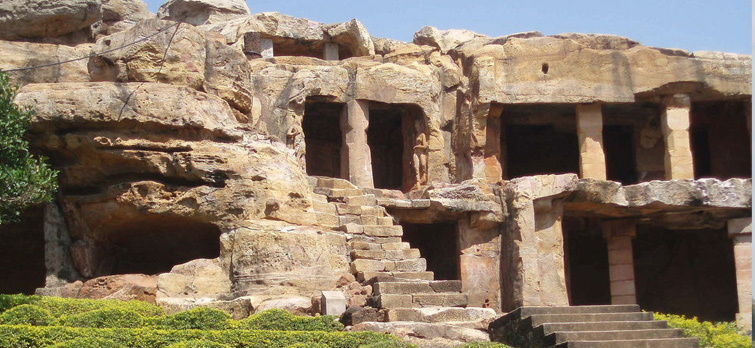
Also known as the ancient Jain monasteries; Udayagiri caves are situated near the city of Vidisha in Madhya Pradesh. These caves are not be confused with the Udayagiri caves in Bhubaneswar, Odisha. Built in the Gupta period, these caves date back to the 4th and the 5th century AD and are amongst the most incredible caves in India. There are about 14 caves in total that consist of many sculptures. The most famous sculpture is the figure of Viṣhṇu in his incarnation as the boar-headed Varaha. The site also has important inscriptions of the Gupta dynasty belonging to the reigns of Chandragupta II (c. 375-415) and Kumaragupta I (c. 415-55).
Bhaja, Maharashtra
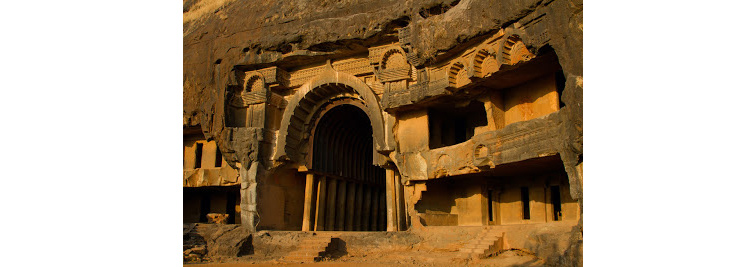
Bhaja Caves are situated near Pune district in Maharashtra and are amongst the finest examples of Buddhist cave architecture. There are about 18 caves that belong to the Hinyana phase of Buddhism dating back to the 3rd century BC to the 2nd century AD. There are a large number of pillars that are carved with figures of flowers and other images. Cave number 12 is a Chaitya hall, and is the largest of all. Cave Number 18 towards the south illustrates the tasteful architecture and sculptures; it includes the pictures of a dancing couple, a prince seated on an elephant and other images. Cave number 1, which was a dwelling house and the other 10 caves, which were the viharas are also important highlights of the architecture.
Varah Caves, Tamil Nadu
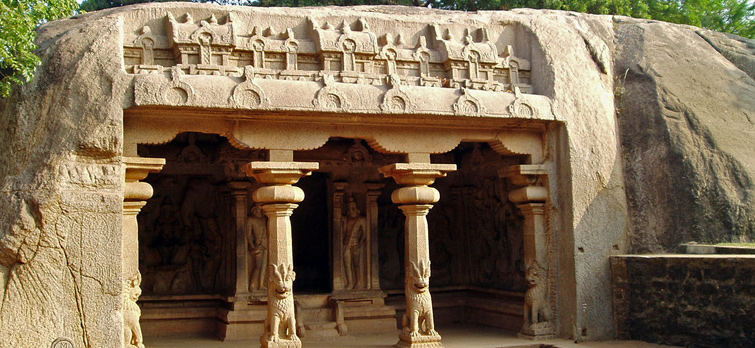
Dating back to the 7th century, Varah caves in Mamallapuram in Tamil Nadu are yet another great example of Indian rock-cut architecture. These caves are Hindu temples that are dedicated to Lord Vishnu in his incarnation of Varaha or Boar lifting Bhudevi. The caves here are small in dimension and have a simple architecture. The temple in the Varaha cave is a small monolithic rock-cut structure with a mandapa carved into the rock dating back to the 7th century AD. The panels are good examples of naturalistic Pallava art. Major attractions here are the sculptures of Vishnu as Trivikrama; the carvings of the northern panel; the Gajalakshmi panel and the panel of Shiva as Gangadhara.
Mawsmai Caves, Meghalaya
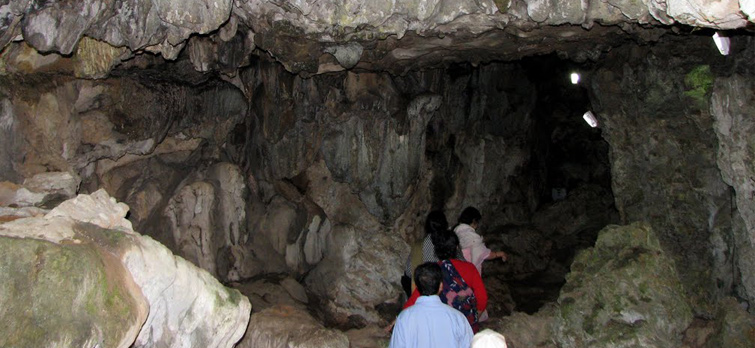
There are scores of natural caves in Meghalaya and amongst them Mawsmai caves near the Bangladesh border are amongst the best adventure tourist places in India. The caves are situated 6kms from the Sohra market of the Mawsmai village and are the only caves that are fully lighted. They have impressive formations of large passages and chambers; there are also many stalactite and stalagmite formations that add to the beauty of the caves. While at some places, the openings are big and there are few places where one has to crawl through, the entrances are large and roomy whereas the exitis so small that one has to kneel down to come out.
Jogimara and Sita Bengra Caves, Chhattisgarh
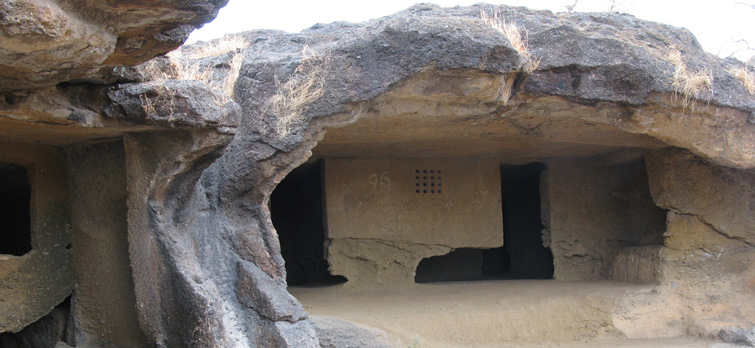
Situated in the Sarguja district in Chhattisgarh, Jogimara and Sita Bengra Caves claim to be the oldest theatres in the world. These caves are located in a beautiful natural setting and to add to the effect, both the caves can be reached through a natural tunnel, which is called Hathipol (as even elephants can pass through this tunnel). According to legends, in these caves lived Rama, Sita and Lakshman during their exile. Hence comes the name Sita Bengra – “Residence of Sita”. There are many ancient paintings and inscriptions that one can find in these caves.
Caving is gradually becoming one of the most popular activities in India. If you haven’t got a taste of it so far, the time is now to set out for it. You can decide from the above given list as to where your interest lies and quickly plan a trip. For any further assistance, you can contact at +91-9212553106/07 and we shall do for you what we do the best!
Published: 12 Nov, 2014
From the Lake District, Nainital, Nidhi Singh is a travel writer whose love for mountains can be seen in her write ups. Talk about solo travelling, indulging in adventure activities, binging on good food, planning budget trips or the Aurora Borealis and you will get all her attention. It is the wanderlust that keeps her going and if at all she could get one wish granted she would love to live a life less ordinary. Follow her on Twitter, Facebook & Instagram.



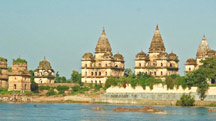 15 Nights / 16 Days
15 Nights / 16 Days 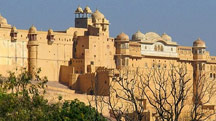 9 Nights / 10 Days
9 Nights / 10 Days 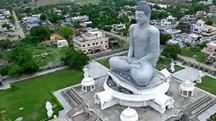 23 Nights / 24 Days
23 Nights / 24 Days 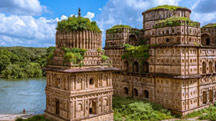 15 Nights / 16 Days
15 Nights / 16 Days 


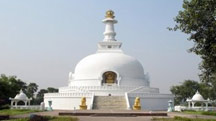 13 Nights / 14 Days
13 Nights / 14 Days 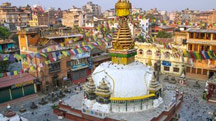 15 Nights / 16 Days
15 Nights / 16 Days 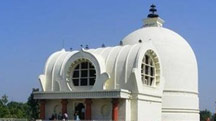 15 Nights / 16 Days
15 Nights / 16 Days 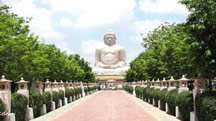 9 Nights / 10 Days
9 Nights / 10 Days 










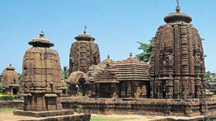 5 Nights / 6 Days
5 Nights / 6 Days 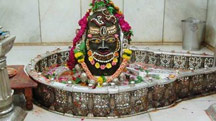 2 Nights / 3 Days
2 Nights / 3 Days 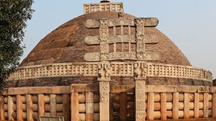 13 Nights / 14 Days
13 Nights / 14 Days 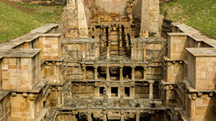 9 Nights / 10 Days
9 Nights / 10 Days 

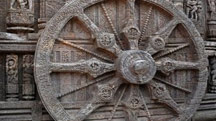 5 Nights / 6 Days
5 Nights / 6 Days 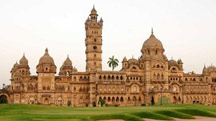 8 Nights / 9 Days
8 Nights / 9 Days 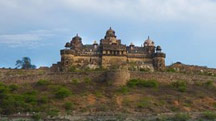 6 Nights / 7 Days
6 Nights / 7 Days 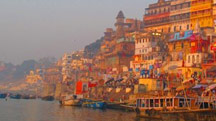 15 Nights / 16 Days
15 Nights / 16 Days 

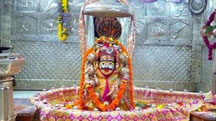 23 Nights / 24 Days
23 Nights / 24 Days 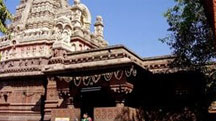 4 Nights / 5 Days
4 Nights / 5 Days 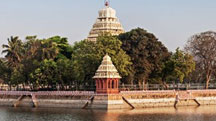 5 Nights / 6 Days
5 Nights / 6 Days 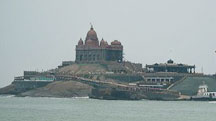 6 Nights / 7 Days
6 Nights / 7 Days 

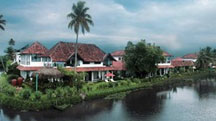 13 Nights / 14 Days
13 Nights / 14 Days 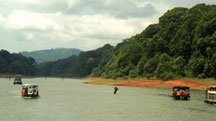 23 Nights / 24 Days
23 Nights / 24 Days 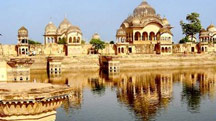 16 Nights / 17 Days
16 Nights / 17 Days 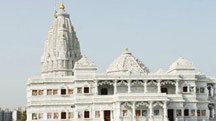 5 Nights / 6 Days
5 Nights / 6 Days 